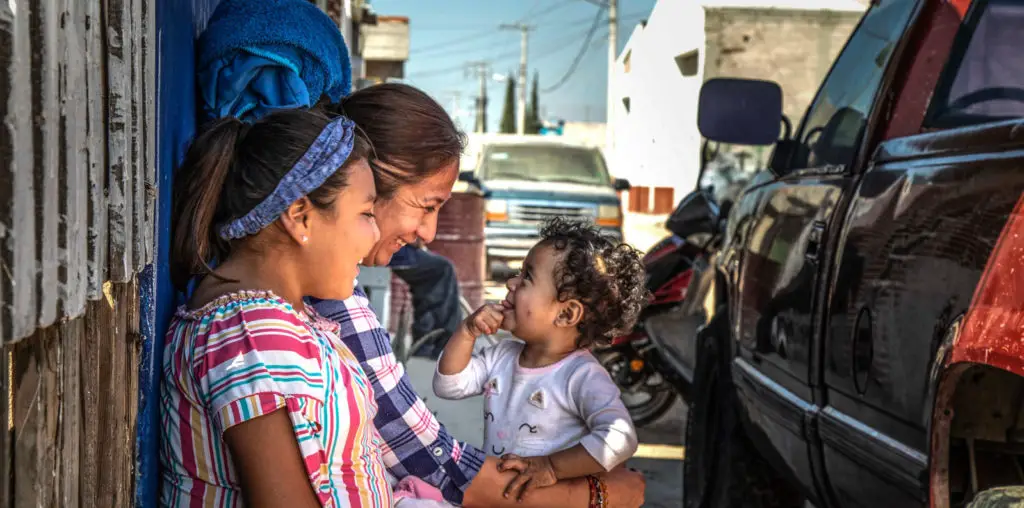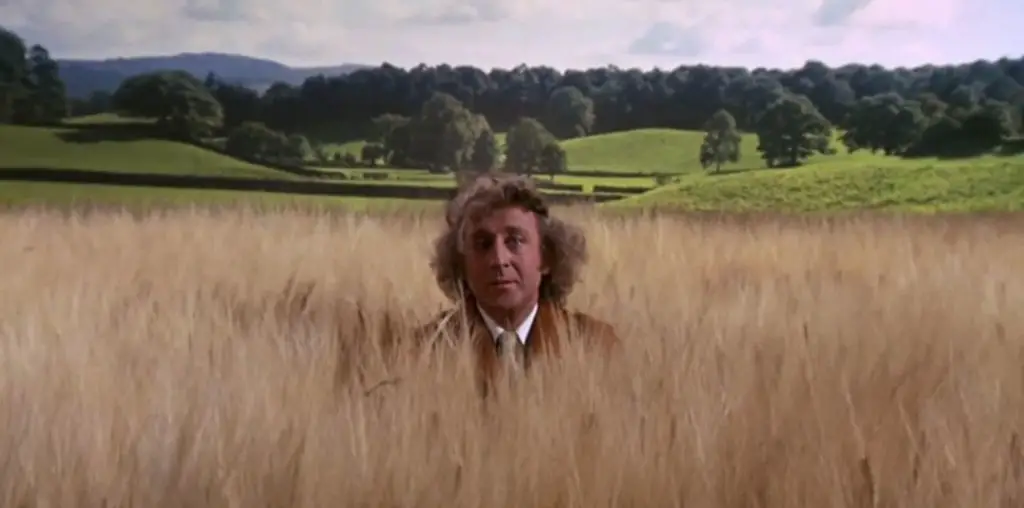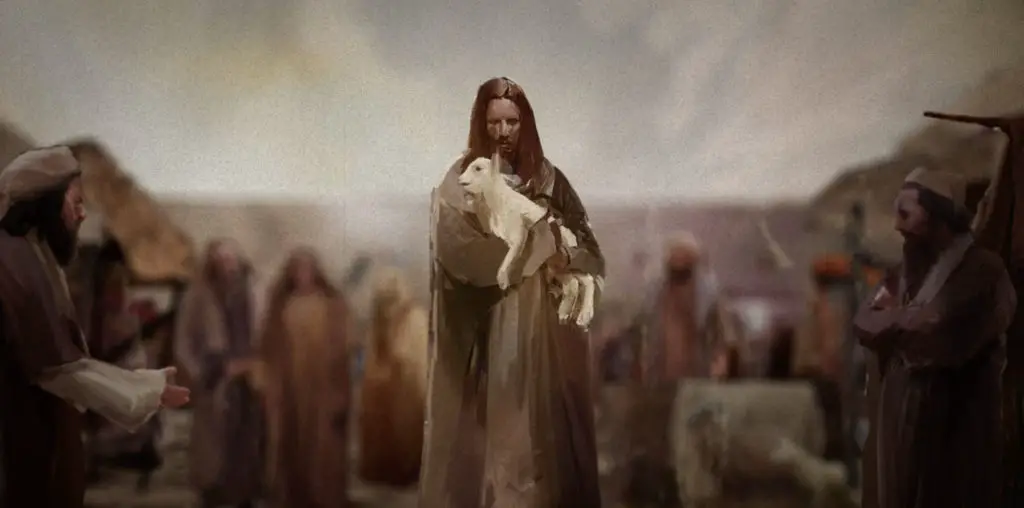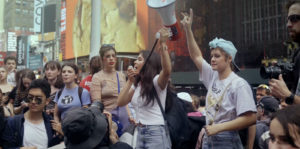
Anne de Carbuccia is a French environmental artist and filmmaker. The focus of her work is to move past the human-centered era of today. Her artwork explores how using intelligence and technology, our species can become a positive force for our planet. De Carbuccia made her mark with the short One Ocean at the 75th Venice International Film Festival in 2018. In February 2024, she released her first feature-length documentary, Earth Protectors, on adaptation and the dangers of the Anthropocene. Notably, she established the One Planet One Future Foundation in the US and Italy.
Tell us about yourself and why you wanted to tell the story of Earth Protectors.
I am from Corsica and was exposed to nature from a young age. It’s probably why I started feeling, earlier than others, a form of anxiety about how much our planet was changing, especially our oceans. So, over ten years ago, I felt compelled to leave my studio and begin to explore and artistically document our planet; I wanted to try to give a voice to the natural world: to recount what we had, what we were losing, and especially what we had already lost. It was a huge challenge, and I probably didn’t really understand what I was getting into, but I embraced it gratefully. It helped channel my anxieties and questions about our future and our children’s future.
I learned so much from those travels that I wanted to share everything I had seen, especially the people I had met. I wanted to make a clear and straightforward film that was also very emotional, with the people on the front line narrating their own stories because their actions became bigger than the sole narrative of the art. They are also such a positive example for me that I decided they also could be for others. In the film, I show very different types of Earth Protectors from different continents who have entirely different activities and ranges of action. I want to show that anyone can become an Earth Protector.
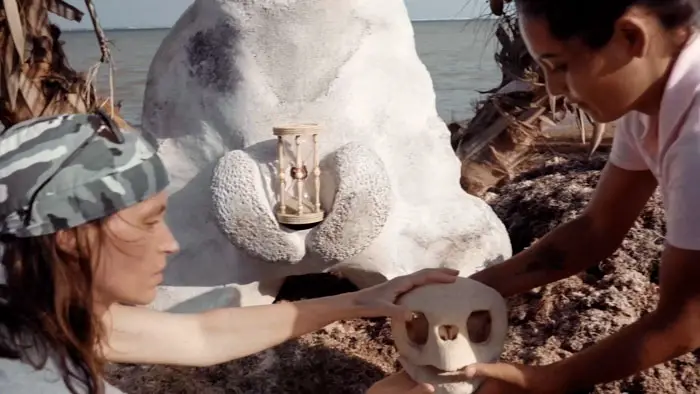
“I wanted to make a clear and straightforward film that was also very emotional, with the people on the front line…”
I also think that the general public is not fully aware of how much our planet has changed and is changing and how much we will need to adapt as a species. So many people still don’t realize how fast things are evolving and that many of our challenges are connected and interconnected. I wanted to create a film that all could easily watch and understand while keeping my artistic and emotional dimension.
Can you explain the idea of the art pieces you created at each location? I like that often you’d include the people of that region or village to offer insight into how each piece was formed.
The TimeShrines are a series of installations I have worked on and created on location over the last ten years. I was looking for an artistic and symbolic way of documenting our planet, a way of recording its beauty but also the diversity that we were losing. I envisioned it as a plea to reimagine a new world, a more positive world. In each installation, I always placed an hourglass and a skull, symbols of time and the futility of worldly pursuits. I think it’s important to mention that, for me, the skull is not a symbol of death but a reminder that we are all mortal and should spend the precious time we have on the planet on positive actions. There is no death in vanity; it is just a choice. You look at the vanity, and you stop wasting your time. It’s one of the most positive symbols ever created. It has a lot of meaning in this major transition we are living in. Of course, as you can see in the film, the main part of the installation is created with organic objects found on location or pieces donated by the community living there. It was very rare that I actually had a clear idea of what I would create beforehand. It depended on what I would find, the people I would meet, the challenges I discovered…
